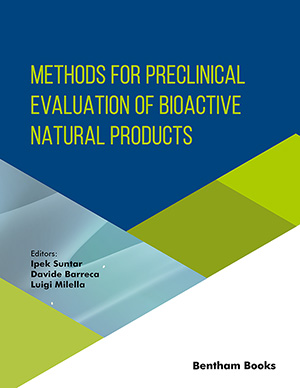Abstract
Salmonella spp. generally causes self-limiting gastroenteritis, which often requires no treatment, but may be severe in young people, the elderly and patients with weakened immunity, and in these cases, the infection may be much more severe, present at extraintestinal sites and require prolonged antibiotic treatment. One of the treatments of choice is the fluoroquinolones. The main mechanisms of resistance to quinolones are mutations in the genes encoding topoisomerase II and topoisomerase IV in the QRDR region (Quinolone Resistance-Determining Region), but additional mechanisms may be present, such as change in permeability of the membrane, efflux pumps, and PMQR (plasmidmediated quinolone resistance. These mechanisms may be present individually or in combination but mutations in the gen gyrA are the most frequent and important mechanism in Gram-negative bacteria.
Keywords: Salmonella, fluoroquinolones, mechanisms of resistance, pathologist, Enterobacteriaceae, species, serotypes, serovars, somatic, flagelar antigens, infection, topoisomerases, cytotoxic, quinolones, cell death, Mutations, permeability of the membrane, DNA-gyrase, bacteria, amino acids, codons, Efflux pumps, antibiotics, facilitator, multidrug, toxic extrusion, ATP binding cassette, hydrolysis of ATP, periplasmatic, chloramphenicol, norfloxacin, penicillin-G, Klebsiella pneumoniae, Enterobacteriaceae species, ciprofloxacin, E. coli, osteomyelitis




























